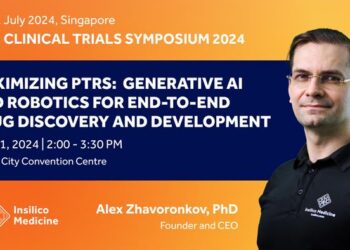More than 3.4 million people in the US and 65 million people worldwide have epilepsy, a neurological disorder that affects the nervous system and causes seizures. One in 26 people will develop epilepsy at some point in their lives, and 1 out of 1000 people with epilepsy die from unexpected deaths each year.
More than 3.4 million people in the US and 65 million people worldwide have epilepsy, a neurological disorder that affects the nervous system and causes seizures. One in 26 people will develop epilepsy at some point in their lives, and 1 out of 1000 people with epilepsy die from unexpected deaths each year.
Like many conditions, epilepsy treatment starts with early detection. The World Health Organization estimates that 70% of people with epilepsy could live seizure-free if adequately diagnosed and treated.
Over the years, machine learning techniques have been developed to detect and classify seizures from electroencephalography (EEG) signals captured using electrodes on the brain, looking for correlations too intricate for humans to tackle alone.
However, these systems have struggled to detect rare forms of epileptic seizures. That’s because AI relies on data to learn patterns and make predictions—insufficient examples of these rarer seizures limit its ability to perform well in less common cases.
Now, USC researchers have developed an AI system to identify epilepsy by analyzing brain interactions, improving diagnosis of rare and complex cases. The system, presented at the Advances in Knowledge Discovery and Data Mining (PAKDD) conference in May 2024, demonstrated a 12% improvement in state-of-the-art models.
By integrating multiple sources of information usually overlooked by AI systems in epilepsy detection, including the positions of EEG electrodes and the brain regions they monitor, the AI can identify patterns or features that indicate when a seizure is likely to occur. This technique also helps the system generate accurate results with less data, even in rare seizure types where there may only be a few examples in the training data.
“Usually, for the simplest kind of use cases, an AI system can say whether someone has had a seizure since it’s a simple binary classification,” said co-author Cyrus Shahabi, a computer science, electrical engineering, and spatial sciences professor. “But there are different, rarer types of seizures that are not easy to classify—existing techniques have low accuracy in this task.”
Take, for instance, atonic seizures, a rare type of seizure that often affects children and triggers sudden loss of muscle control and collapse. In this case, the system would look at spatial relationships in brain regions and prioritize brain areas involved in muscle control, such as the motor cortex, basal ganglia, cerebellum, and brainstem, to identify activity patterns indicative of atonic seizures.
“In our framework, we have the spatial relationships, semantics, and descriptions of each part of the brain,” said lead author Arash Hajisafi, a computer science doctoral student supervised by Shahabi. “All that information gets pulled in to help the model figure out relevant features of this type of seizure. So even if you feed the neural net a small amount of samples, it will still learn.”
The goal is not to replace doctors, said the researchers, but to supplement their knowledge in hard-to-detect cases. For Paul Thompson, a USC neuroscientist and professor of neurology who was not involved with the study, it is a welcome breakthrough that could be a “game-changer” in clinical neurology.
“Understanding seizure types is crucial for early treatment, but recordings of brain activity are extremely complex,” said Thompson. “This breakthrough brings the power of AI to detect patterns that a human would find hard to identify, making this task easier, faster, and more reliable for clinicians.”
One day, the researchers hope the technology will be incorporated into wearable sensors that feed information to a smartphone.
“Brain seizures happen very suddenly, and so detecting seizures earlier really could save lives,” said Shahabi. “The system could prompt an alert if it detects any irregularities in the brain waves. This would open up incredible opportunities for diagnosis and treatment of epilepsy.”
Article Title
Dynamic GNNs for Precise Seizure Detection and Classification from EEG Data
Article Publication Date
10-May-2024
Discover more from Science
Subscribe to get the latest posts sent to your email.



